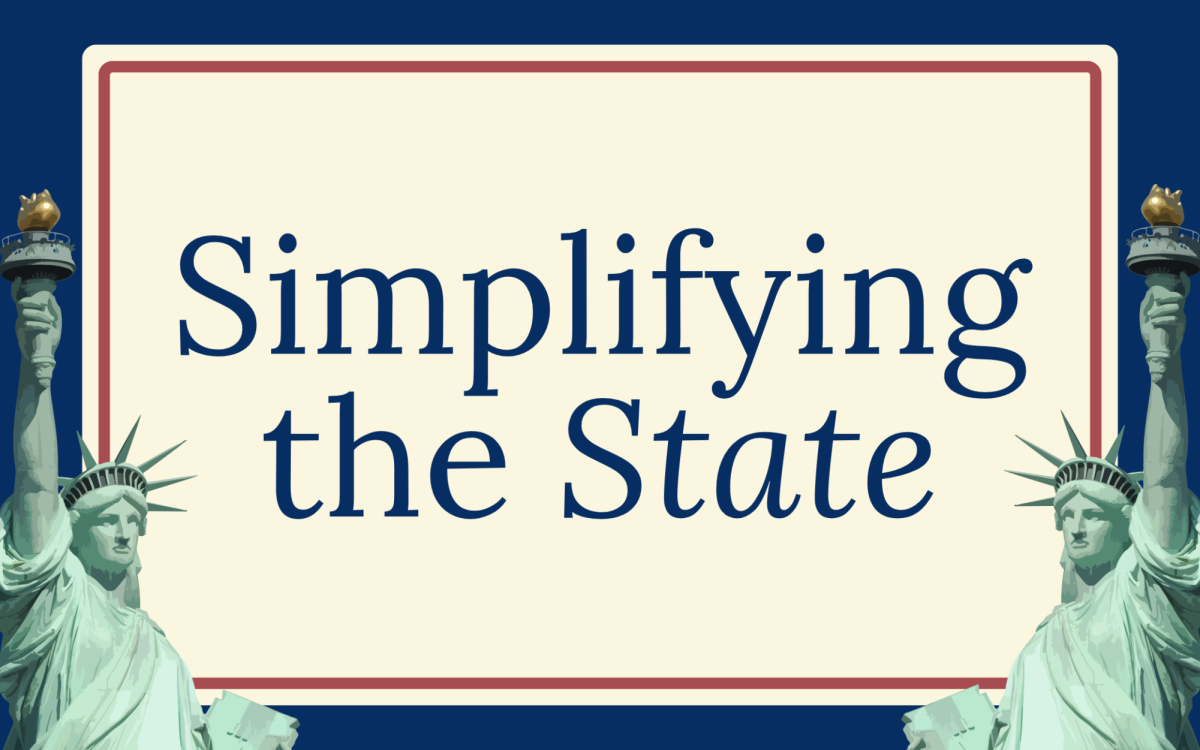PRO: Biden’s Student Debt Relief
September 22, 2022
Student debt, and whether it should be forgiven, has been a hot topic in the news recently. President Biden, to his credit, has issued an executive order relieving up to $20k of debt for those making under $125,000 a year. Reactions to this development have been mixed. Some believe this is unfair to those who have paid off their student loan debt without help, some believe this relief will serve only to give more money to the rich, and some believe that greenlighting this relief was the correct course of action for the Biden administration to take. This piece will explore the latter opinion.
America is in the midst of a mental health crisis, and has been for years. This has led to more widespread awareness of how mental health can be maintained and how it can deteriorate. For example, more people than ever are aware that mental health is largely affected by outside factors such as responsibilities, world events, and finances, rather than being “all in your head,” as it were. Large amounts of debt can hang over people’s heads for life, impacting their credit scores, housing opportunities, ability to take out loans and start businesses, and even their ability to stay above the poverty line. 48 million people in America (14% of the population) have some amount of student debt, the average amount being ~$35,000 (via clasp.org). This amount of debt, and the aforementioned financial handicaps that come with it, can inspire feelings of shame, dread, anxiety, and depression in the indebted. According to a 2021 mental health survey of those with student debt, 1 in 15 (6.7%) borrowers felt suicidal over their debt. This is an increase of 2.7% from the national percentage of adults who experience suicidal ideation. Forgiving the debt, the source of these peoples’ anguish, would greatly improve their mental health and, by extension, their lives. Allowing them to continue languishing under the burden of unnecessary debt could lead to serious mental illness, or even suicide.
Furthermore, debt relief will decrease borrowers’ chances of falling into homelessness, poverty, and addiction, all of which are becoming more prevalent issues as the pandemic continues to ravage the economy and social services are gutted by politicians. According to a 2015 paper in the McNair Scholars Research Journal, titled “College Students Experiencing Homelessness: The Consequence of Failed Macro Policies”, by Brialle D. Ringer: “The crisis in high tuition and student loan debt complicates the prospects of an economically vital middle class developing in the next generation, as college graduates will be saddled with so much debt that many will have less purchasing power to afford homes”. Indeed, the amount of debt that borrowers are left with is often so much that they are unable to afford homes. Statistically, poverty and homelessness are risk factors for addiction, which itself is still an abnormally large problem in the US as we ride out the tail end of the opioid epidemic and struggle to legalize marijuana and safe injection centers. “The end result of homelessness is often substance abuse, and substance abuse can also contribute to homelessness. The National Coalition for the Homeless has found that 38% of homeless people are alcohol dependent, and 26% are dependent on other harmful chemicals.” (via addictioncenter.com). This debt, which in many cases is the catalyst for a descent into poverty, homelessness, and possibly addiction, should be relieved in order to minimize the harmful financial effects on borrowers.
Additionally, debt is highly racialized as an economic tool. “While the majority of white students owe less than their original amount borrowed four years after graduation, 48 percent of Black students owe 12.5 percent more than the original loan amount after the same timeframe, and hold 186 percent more debt than their white counterparts even 15 years after graduation.” (via clasp.org) The racial wealth gap in America has widened substantially during the pandemic, due to mass job loss, racial disparities in healthcare causing Black Americans to die from COVID at disproportionately higher rates (via kff.org), and the concentration of wealth in the hands of majority-white capitalists. In 2019, the racial wealth gap between Black families and white families in America was 1:6, with Black households holding $60k in assets on average, and white households holding assets worth $340k. (via bloomberg.com). In this way, student debt left unchecked would lead to a widening of the racial wealth gap in America, drastically reducing the opportunities for and quality of life of Black Americans who end up affected by this financial blow. Relieving student debt, while by no means amounting to reparations or even racial justice, could help ease the blow for many Black Americans already struggling to compete against peers who have the advantage of hundreds of years of stolen wealth at their backs.
From a macroeconomic perspective, student loan forgiveness is indeed better for the economy than the continuation of debt accumulation. According to the Education Data Initiative’s report on the Economic Effects of Student Debt, by Melanie Hanson: “Economists compare the rise in student loan debt to ‘the housing bubble that precipitated the 2007-2009 recession’ and the subsequent economic downturn. (. . .) Consumer spending is directly linked to personal finance. Economists agree that when consumers have less expendable income due to debt obligations, they decrease spending.” In other words, those whose money is tied up in paying back debt to colleges can’t spend that money elsewhere, and therefore cannot continue circulating money throughout the economy. This is a demonstration of trickle-down economics vs. financial aid to the poor: when you give money to the rich (for-profit colleges in this case), they do not go out and spend that money, circulating it back into the economy. Instead, they sequester it away in their bank accounts and tie it up in their own financial goings-on. In contrast, giving money to the poor (indebted students, in this case) stimulates the economy; when an impoverished person is given money, they use it to buy essentials and entertainment, putting that money back into circulation while bolstering whichever businesses they have chosen to buy from. In this way, financial aid for the poor leads to better economic benefits than subsidies for the rich. Therefore, debt relief for those with student loans can be expected to improve the economy rather than harm it.
Philosophically, it is better to share the burden (the cost of student debt) among many to lighten the load (using taxes to pay for government debt relief) rather than allowing individuals to suffer alone. Spreading the financial blow out to every taxpayer significantly lightens the burden, adding only cents or dollars to the expenses of many when the alternative would be tens of thousands weighing on many individuals.
Overall, it is better to relieve student debt in order to improve the mental health of borrowers, to reduce the risk of poverty, homelessness, and addiction for borrowers, to bolster the economy, to assist debtors of color, and to practice philosophies of kindness and harm reduction.






